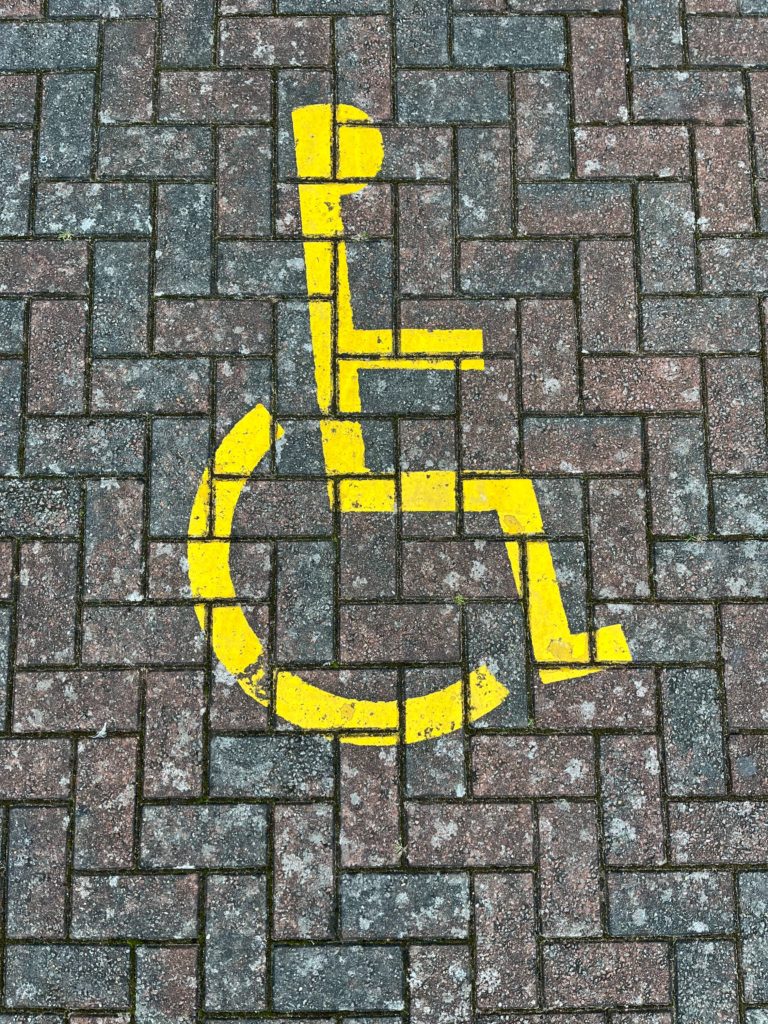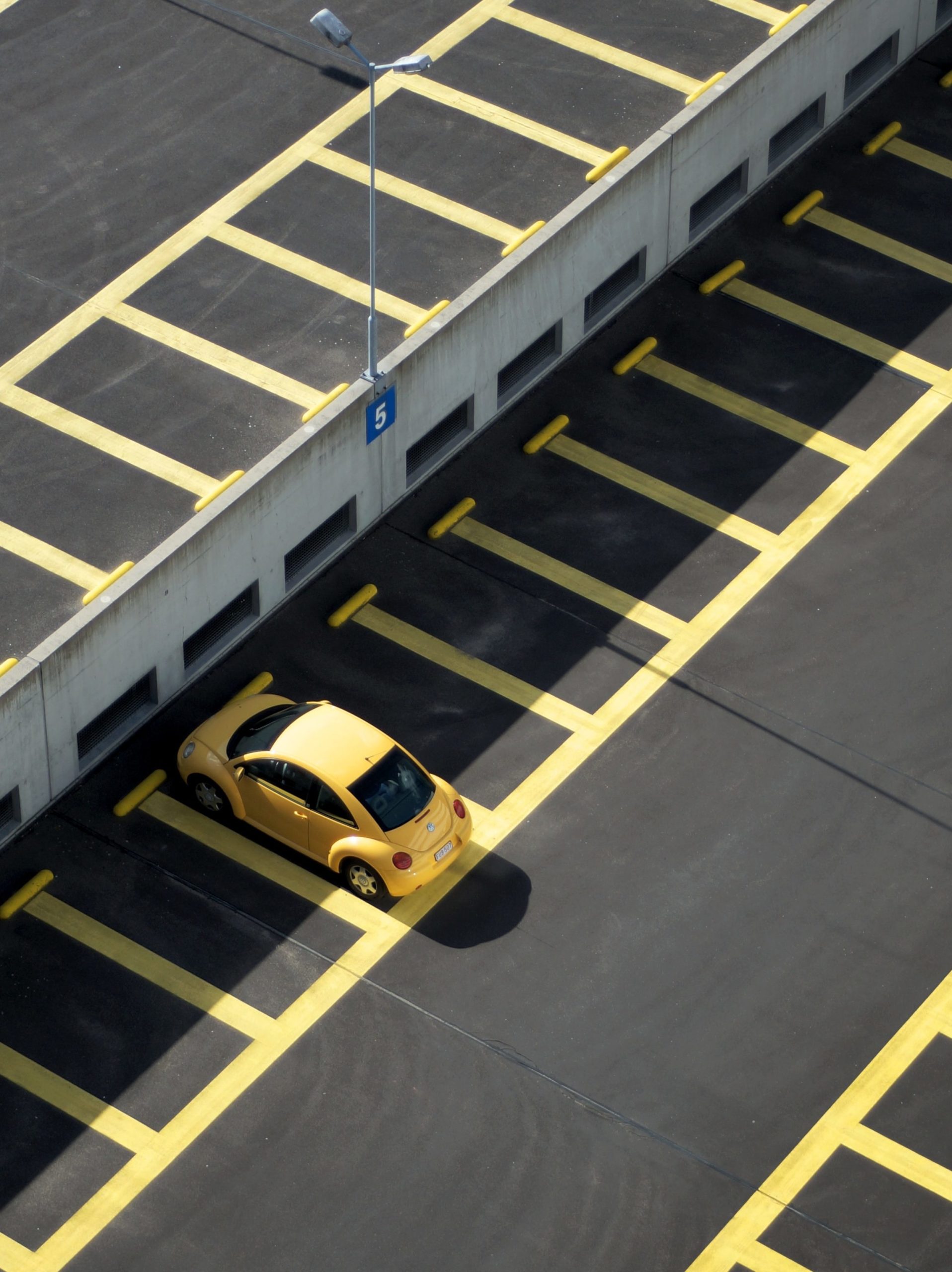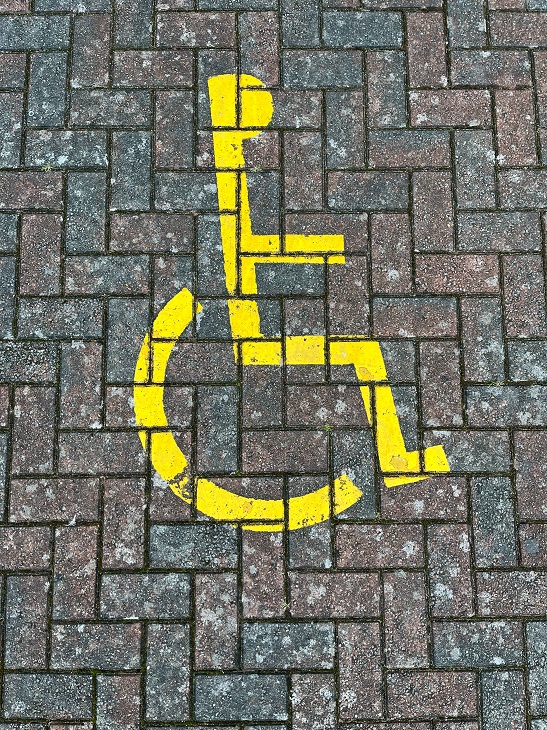Today we’re here to talk about the qualifying conditions for a disabled parking placard in North Carolina.
As well as discussing the qualifying conditions, we’ll also answer some important questions such as… Who qualifies for disabled parking in North Carolina? What medical professionals can certify a disabled parking application in North Carolina? How do I get a handicap placard in North Carolina? What are the North Carolina disabled parking laws?
Read on for all you need to know.
Who Qualifies For Disabled Parking In North Carolina?
You will qualify for a North Carolina disabled parking permit if you have a qualifying disability and you are a resident of the state.
Qualifying Conditions For A Disabled Parking Placard In North Carolina
So, what disabilities qualify for disabled parking in North Carolina? You will qualify for a disabled parking permit in North Carolina if you are disabled in one or more of the following ways:
- You cannot walk 200 feet without stopping to rest.
- You cannot walk without the use of, or assistance from, a brace, cane, crutch, another person, prosthetic device, wheelchair, or another assistive device.
- You are restricted by lung disease to such an extent that your forced (respiratory) expiratory volume of one second, when measured by spirometry, is less than one liter, or the arterial oxygen tension is less than 60 mm/hg on room air at rest Uses portable oxygen.
- You have a cardiac condition to the extent that your functional limitations are classified in severity as Class III or Class IV according to standards set by the American Heart Association. You are severely limited in your ability to walk due to an arthritic, neurological, or orthopedic condition.
- You are totally blind or your vision with glasses is so defective as to prevent the performance of ordinary activity for which eyesight is essential, as certified by a licensed ophthalmologist, optometrist, or the Division of Services for the Blind.

What Medical Professionals Can Certify A Disabled Parking Application In North Carolina?
The following medical professionals can certify an application for a disabled parking permit in North Carolina:
- Licensed physician
- Licensed physician assistant
- Licensed nurse practitioner
- Licensed ophthalmologist
- Licensed optometrist or the Division of Services for the Blind
- United States Department of Veterans Affairs
For temporary placards only, medical certification can be made by a licensed certified nurse midwife.
What Types Of North Carolina Disability Placards Are Available?
The following different types of disabled parking permits are available in North Carolina:
- Permanent disabled parking placard
- Permanent disabled parking license plates
- Temporary disabled parking placard
- Disabled Veterans license plates (available to people whose disability is military service–related)
Any organization that is certified by the State Vocational Rehabilitation Agency that regularly transports disabled persons may apply for a permanent disabled parking permit.
How Do I Get A Handicap Placard In North Carolina?
You can get a handicap parking placard in North Carolina by following these steps:
- Have an online medical consultation at Dr. Handicap online clinic. The examining medical professional will certify an application form and email it to you within 48 hours.
- Complete the application form.
- Submit the application form to:
North Carolina Division of Motor Vehicles
3148 Mail Service Center
Raleigh
NC 27697-3148
How Much Does A North Carolina Disabled Parking Permit Cost?
In North Carolina, both permanent disabled parking placards and temporary disabled parking placards cost $5 each (each permit holder can own up to two placards). Disabled parking license plates cost $36.
When Do North Carolina Disabled Parking Permits Expire?
- North Carolina permanent disabled parking placards expire after five years.
- North Carolina temporary disabled parking placards expire after one to six months (stipulated by the certifying medical professional).

Do I Need Recertification When Renewing My North Carolina Disabled Parking Permit?
Yes, you need new medical certification when renewing all types of North Carolina disabled parking permits. (Medical recertification is not required for persons 80 years of age or older at the time of renewal.)
You may renew your Permanent disabled parking placard up to 90 days prior to the placard’s expiration date. Permit holders are mailed a renewal application.
What Are The North Carolina Disabled Parking Laws?
- Permit holders may park in any designated disabled parking space and for unlimited periods in time-restricted parking spaces.
- Permit holders may not park in areas that are designated no stopping, parking, or standing, or which are reserved for special types of vehicles.
- Placards must be hung from the rearview mirror or placed on the driver’s side dash if there is no rearview mirror.
- The placard registration card must remain with each placard while in use.







